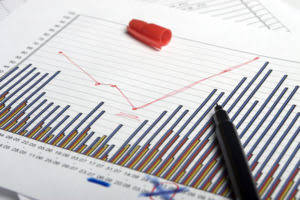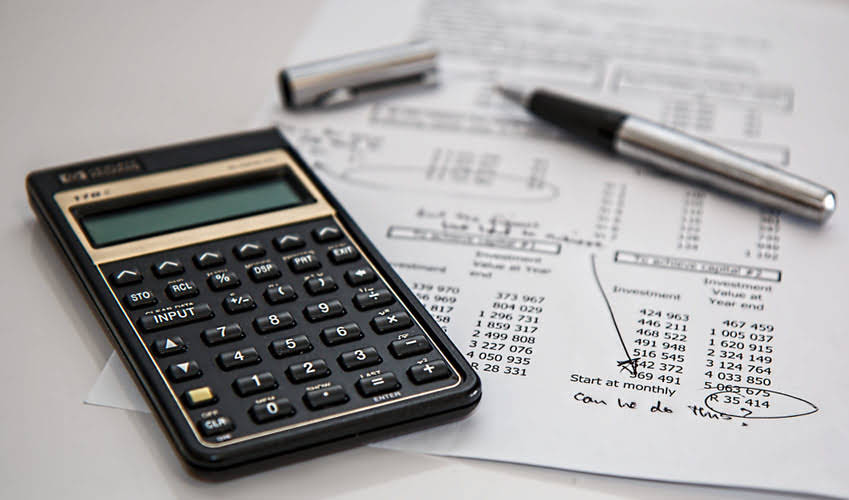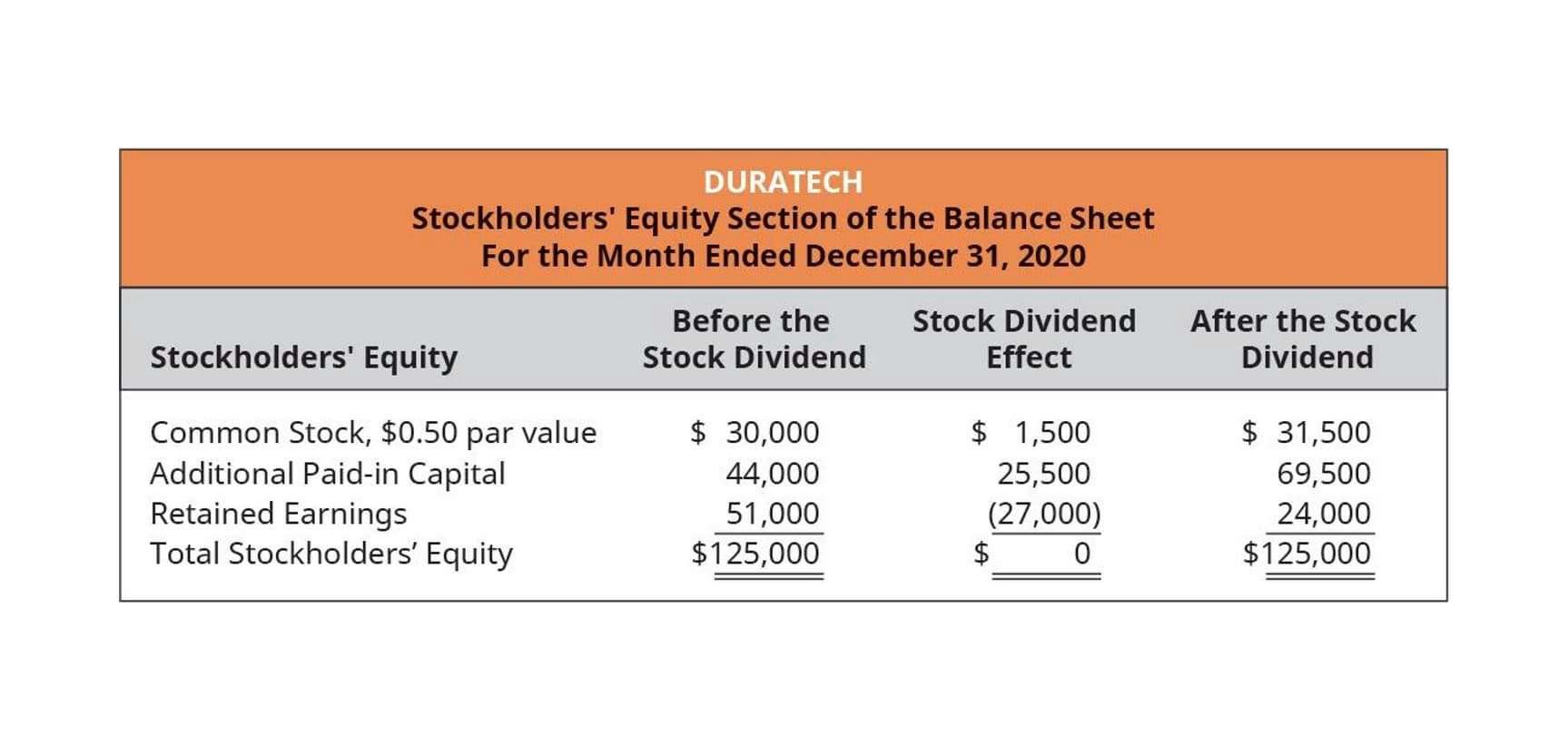Sole proprietorships, other small businesses, and entrepreneurs may not follow it. As a result, transactions are defined as events that can be measured in terms of money and for which there are financial changes. 1Credits and degrees earned from this institution do not automatically qualify the holder to participate in professional licensing exams to practice certain professions. Persons interested in practicing a regulated profession must contact the appropriate state regulatory agency for their field of interest.
- Sales are documented as invoices, payments as receipts, and adjustments as both a credit and a refund.
- If you don’t track your transactions accurately, you won’t be able to create a clear accounting picture.
- Typically, companies integrate their accounting software with their payment processor and point-of-sale (POS) software to capture revenue.
- Some of the best forensic accountants have put away major criminals such as Al Capone, Bernie Madoff, Ken Lay, and Ivan Boesky.
- There are several different amounts of time that a company may choose to report on.
Many companies use accounting software to automate the accounting cycle. This allows accountants to program cycle dates and receive automated reports. Regardless, most bookkeepers will have an awareness of the company’s financial position from day to day. Overall, determining the amount of time for each accounting cycle is important because it sets specific dates for opening and closing. Once an accounting cycle closes, a new cycle begins, restarting the eight-step accounting process all over again. To facilitate a fully developed balance sheet, income statement and cash flow statement, two entries must be made for each transaction.
The accounting cycle incorporates all the accounts, journal entries, T accounts, debits, and credits, adjusting entries over a full cycle. From small LLCs to megalith corporations, all businesses use some form of the traditional accounting cycle. Small business owners (SBOs) might manage it via Excel sheets https://www.wave-accounting.net/ or by hand with a traditional ledger. But, it’s much easier to record, track, and analyze using automated accounting software. As soon as errors are found, businesses should journal about them and post corrective entries. There is no need for correcting entries if the accounting records are error-free.
The accounting cycle periods a business chooses tend to reflect the size of the company. Additionally, many companies have to report on their financial statements due to regulations. Even if accounting software is working behind the scenes to perform critical accounting cycle tasks, it’s still essential for business owners and bookkeepers to understand the process and comply with deadlines. Apart from identifying errors, this step helps match revenue and expenses when accrual accounting is used.
What Are Benefits of the Accounting Cycle?
General ledger accounts are often referenced on financial statements. One of the most common to be referenced is the cash account, which tells a business how much cash is available at any time. While earlier accounting cycle steps happen during the accounting period, you’ll calculate the unadjusted trial balance after the period ends and you’ve identified, recorded and posted all transactions. The trial balance gives you an idea of each account’s unadjusted balance. Such balances are then carried forward to the next step for testing and analysis. Once the accounting period has ended and all transactions have been identified, recorded and posted to the general ledger, a trial balance is carried forward for testing and analysis.
For instance, typically 150 credit hours or education are required to meet state regulatory agency education requirements for CPA licensure. Coursework may qualify for credit towards the State Board of Accountancy requirements. Employees of DeVry University and its Keller Graduate School of Management are not in a position to determine an individual’s eligibility to take the CPA exam or satisfy licensing. 2Accelerated schedule assumes waveapps alternative continuous enrollment in an average 10 credit hours per semester, 3 semesters per 12 month period, with no breaks, for a total of 7 semesters. Normal schedule assumes continuous enrollment in an average of 6 credit hours per semester, 3 semesters per 12 month period, with no breaks, for a total of 4 semesters. The accounting cycle and budget cycle are distinctly different in that one is backward-looking, while the other looks forward.
What Are the Benefits of the Accounting Cycle?
If you have any questions or want to learn more about the accounting cycle, please leave a comment. This makes it easier to determine which accounts and amounts need to be corrected and which ones do not. The accountant compares and then enters a correction to the accounts. It is helpful to compare the incorrect entry with the correct entry in order to identify the correct entry. Harold Averkamp (CPA, MBA) has worked as a university accounting instructor, accountant, and consultant for more than 25 years. The information presented here is true and accurate as of the date of publication.
In this stage of the journal, transactions are recorded in chronological order of dates, debiting one account and crediting the other with a brief explanation. Understanding the accounting cycle is important for anyone in the world of business. Through accounting, financial responsibility can be taken by a company. It allows them to look at the bigger picture, and see how they’re doing business. Without accounting, the financial position of a business cannot be analyzed. Nowadays, most accounting is done through accounting software, making the process much easier.
The accounting cycle: Definition, steps, and timing
Collectively, these financial reports provide the most accurate snapshot of the company’s financial health for the accounting period. As a repeatable process, the accounting cycle is important because it can help to ensure that the financial transactions during a given accounting period are accurately recorded and reported. Some steps in the accounting cycle may be automated by accounting software, though some are still done manually.
It’s helpful to also note some other details to make it easier to categorize transactions. You can then show these financial statements to your lenders, creditors and investors to give them an overview of your company’s financial situation at the end of the fiscal year. A trial balance is an accounting document that shows the closing balances of all general ledger accounts. You need to calculate the trial balance at the end of the fiscal year.
On the other hand, if the records are error-free, correcting entries is not required. Since their utilities ceased during the specific accounting period and were not carried over to the following year like assets and liabilities, closing expenses and incomes became necessary. The purpose of the trial balance is to simplify the financial statement preparation process and demonstrate the ledger account’s accuracy in math.
Calculating these balances is crucial, as they are used for testing and analysis. For example, when a transaction is recorded using accrual accounting, it happens at the time of the sale. This happens regardless of whether or not cash has moved in or out of business. It creates a debit for where the money is going, and a credit for where it is ending up. The last step in the accounting cycle is to make closing entries by finalizing expenses, revenues and temporary accounts at the end of the accounting period. This involves closing out temporary accounts, such as expenses and revenue, and transferring the net income to permanent accounts like retained earnings.
This takes information from original sources or activities and translates that information into usable financial data. An original source is a traceable record of information that contributes to the creation of a business transaction. Activities would include paying an employee, selling products, providing a service, collecting cash, borrowing money, and issuing stock to company owners. Once the original source has been identified, the company will analyze the information to see how it influences financial records.
It’s important for management to establish timeframes for accounting cycles to maintain organization and achieve the level of analysis their business model and established organizational goals demand. Most companies want to know how they’re doing on a monthly basis, while some focus on quarterly results. As a small business owner, it’s essential to have a clear picture of your company’s financial health. Making two entries for each transaction means you can compare them later. All popular accounting apps are designed for double-entry accounting and automatically create credit and debit entries.
Accounting software helps automate several steps in the accounting cycle and allows you to specify cycle dates, receive reports automatically, identify inaccuracies, and reconcile reports with ease. Depending on the accounting software’s features, bookkeepers, certified public accountants, and business owners don’t have to intervene or manually perform some accounting cycle steps. A business’s accounting period depends on several factors, including its specific reporting requirements and deadlines. Many companies like to analyze their financial performance every month, while others focus on quarterly or annual reports. Even after choosing the right accounting software to automate the accounting cycle’s steps, it’s still essential for business owners and bookkeepers to know and understand the process. The budget cycle is the planning process that a business goes through in order to derive a budget for the upcoming fiscal year.














 The ABC analysis by product and Days of inventory remaining reports are available on the Shopify plan or higher.
The ABC analysis by product and Days of inventory remaining reports are available on the Shopify plan or higher.



